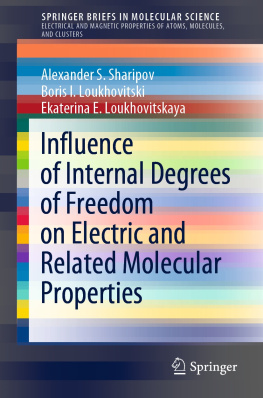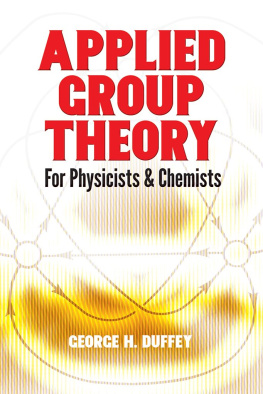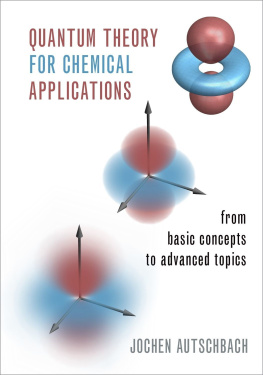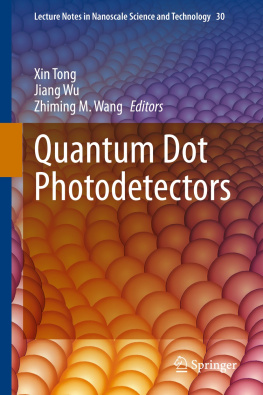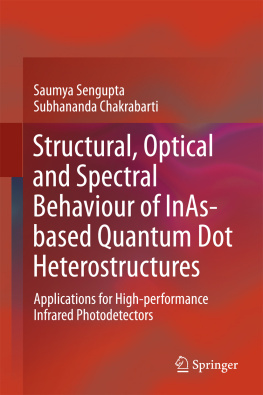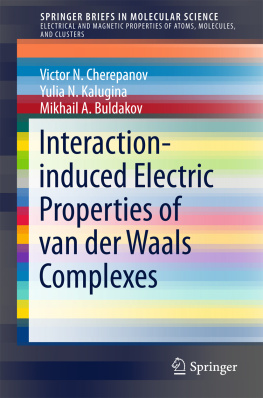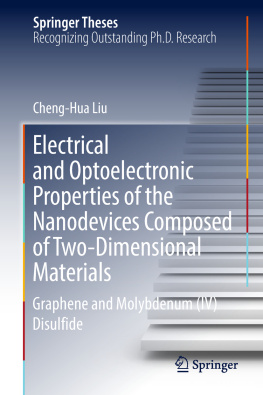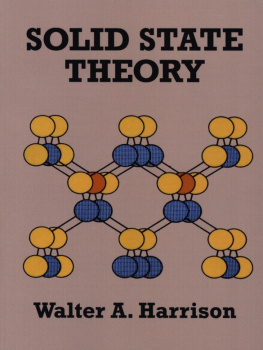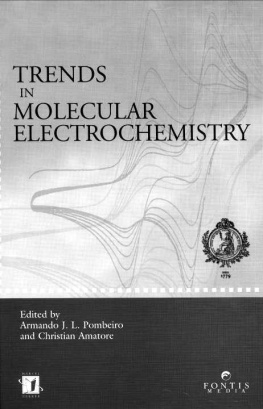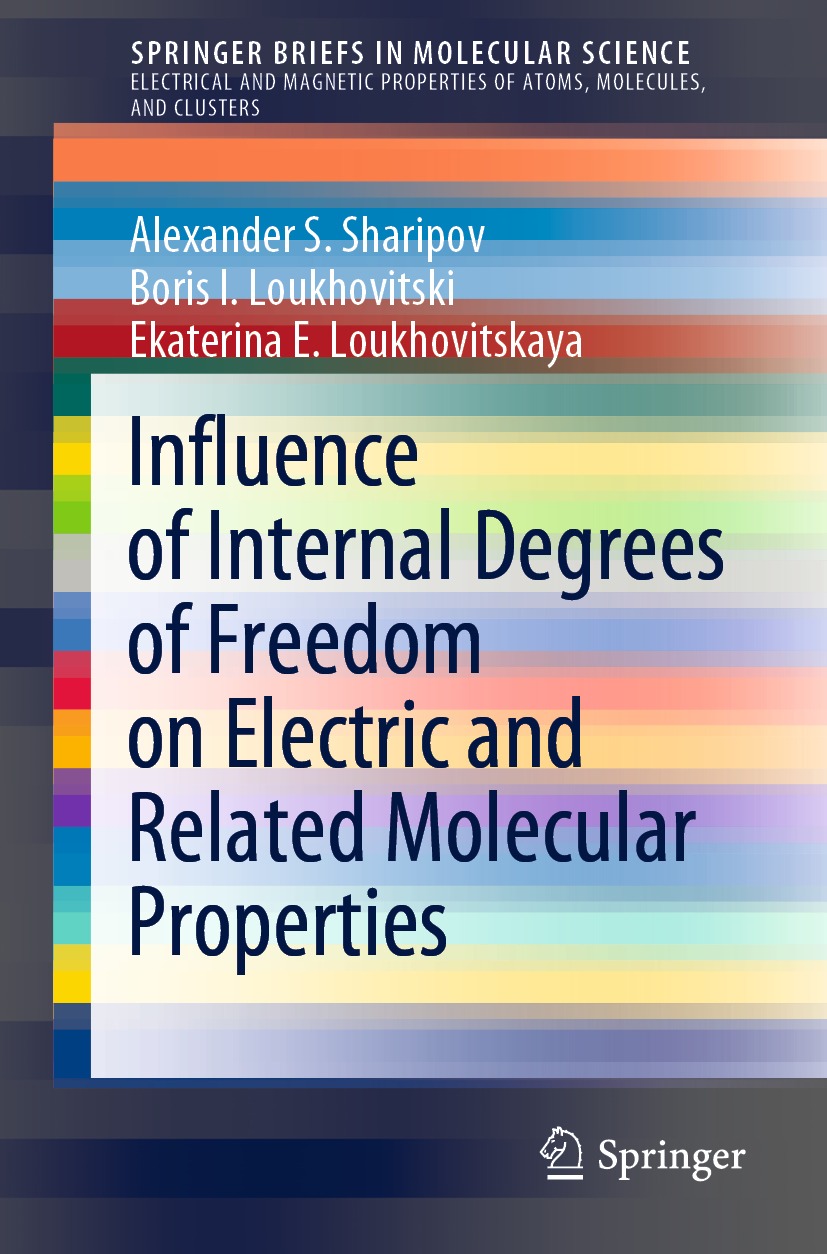SpringerBriefs in Molecular Science SpringerBriefs in Electrical and Magnetic Properties of Atoms, Molecules, and Clusters
Series Editor
George Maroulis
Department of Chemistry, University of Patras, Patras, Greece
More information about this subseries at http://www.springer.com/series/11647
Alexander S. Sharipov , Boris I. Loukhovitski and Ekaterina E. Loukhovitskaya
Influence of Internal Degrees of Freedom on Electric and Related Molecular Properties
1st ed. 2022

Logo of the publisher
Alexander S. Sharipov
Central Institute of Aviation Motors, Moscow, Russia
Boris I. Loukhovitski
Central Institute of Aviation Motors, Moscow, Russia
Ekaterina E. Loukhovitskaya
N.N. Semenov Federal Research Center for Chemical Physics of Russian Academy of Science, Moscow, Russia
ISSN 2191-5407 e-ISSN 2191-5415
SpringerBriefs in Molecular Science
ISSN 2730-7751 e-ISSN 2730-776X
SpringerBriefs in Electrical and Magnetic Properties of Atoms, Molecules, and Clusters
ISBN 978-3-030-84631-2 e-ISBN 978-3-030-84632-9
https://doi.org/10.1007/978-3-030-84632-9
The Author(s), under exclusive license to Springer Nature Switzerland AG 2022
This work is subject to copyright. All rights are solely and exclusively licensed by the Publisher, whether the whole or part of the material is concerned, specifically the rights of translation, reprinting, reuse of illustrations, recitation, broadcasting, reproduction on microfilms or in any other physical way, and transmission or information storage and retrieval, electronic adaptation, computer software, or by similar or dissimilar methodology now known or hereafter developed.
The use of general descriptive names, registered names, trademarks, service marks, etc. in this publication does not imply, even in the absence of a specific statement, that such names are exempt from the relevant protective laws and regulations and therefore free for general use.
The publisher, the authors and the editors are safe to assume that the advice and information in this book are believed to be true and accurate at the date of publication. Neither the publisher nor the authors or the editors give a warranty, expressed or implied, with respect to the material contained herein or for any errors or omissions that may have been made. The publisher remains neutral with regard to jurisdictional claims in published maps and institutional affiliations.
This Springer imprint is published by the registered company Springer Nature Switzerland AG
The registered company address is: Gewerbestrasse 11, 6330 Cham, Switzerland
Preface
Electric properties of molecules that have been extensively studied in the past continue to attract the attention of researchers engaged in various fields of molecular and chemical physics. This is due to the fact that electric properties (mainly, dipole moment and dipole polarizability) determine the variety of optic and electric phenomena in molecular gases, and play a dominant role in intermolecular and electron-molecular interactions. In this regard, it is not surprising that thanks to numerous experimental studies and theoretical efforts, a huge body of knowledge on the electric properties of different molecules, molecular and atomic clusters has been accumulated to date. However, it should be stressed that most of these data relate to molecules in the lowest quantum (rotational, vibrational, and electronic) levels, predominantly populated at room temperature, whereas excitation of internal degrees of freedom of molecules can significantly affect their electric and optic properties.
In this book on the example of a set of about 100 different species, including diatomic, polyatomic molecules and atomic clusters, we discuss the effect of the excitation of rotational, vibrational, and electronic degrees of freedom on the basic electrical properties (dipole moment and static polarizability) and, as a consequence, on molecular optical and transport properties and reactivity. We hope that this brief survey will be a useful contribution to the theory and practice of calculating state-specific electric properties.
The present book mainly summarizes the research experience in the molecular electric response properties gained in recent years in Central Institute of Aviation Motors (Moscow, Russia), but the presentation is surely put in the context of previous studies on related problems. We would like to dedicate this contribution to the memory of Prof. Alexander M. Starik, brilliant scientist, effective group leader, and esteemed colleague, under whose guidance we were lucky to obtain the most of the described results.
Also, we thank our co-workers Alexey V. Pelevkin for numerous fruitful recommendations and assistance with multireference quantum chemistry machinery and Ilya V. Arsentiev for provided results of nonequilibrium oxygen plasma composition behind a shock wave front.
This work was funded by the Russian Foundation for Basic Research (project number 20-38-70014). Chapter was also prepared as part of the implementation of the Program for the creation and development of a world-class scientific center The Supersonic (Sverkhzvuk) for 20202025 with financial support from the Ministry of Education and Science of Russia (agreement No. 075-15-2021-605 dated June 24, 2021).
Alexander S. Sharipov
Boris I. Loukhovitski
Ekaterina E. Loukhovitskaya
Moscow, Russia
June 2021
There are a thousand thoughts lying within a man that he does not know till he takes up a pen to write.
William Makepeace Thackeray
(The History Of Henry Esmond, Esq., 1852)
Acronyms
aug-cc-pVTZ
Dunnings correlation consistent triple-zeta basis set with diffuse functions
B2PLYP
Grimmes hybrid density functional with perturbative second-order correlation
B3LYP
Beckes three-parameter hybrid functional
B97-2
Wilson, Bradley and Tozers modification to B97 functional
CASSCF
Complete active space self-consistent field
CC
Coupled-cluster method
CCSD
Coupled-cluster method with single and double excitations
CCSD(T)
Coupled-cluster method with single and double excitations supplemented with a perturbative correction for triple excitations
CM
Center of mass
DFT
Density functional theory
DMF
Dipole moment function 
DMS
Dipole moment surface
DP
Dielectric permittivity
DPF
Dipole polarizability function 
DPS
Dipole polarizability surface
DRFM
Dipole-reduced formalism method by Paul and Warnatz
EOM
Equation-of-motion
GD
GladstoneDale
IP
Ionization potential
LJ
Lennard-Jones potential
MCSCF
Multiconfiguration self-consistent field

